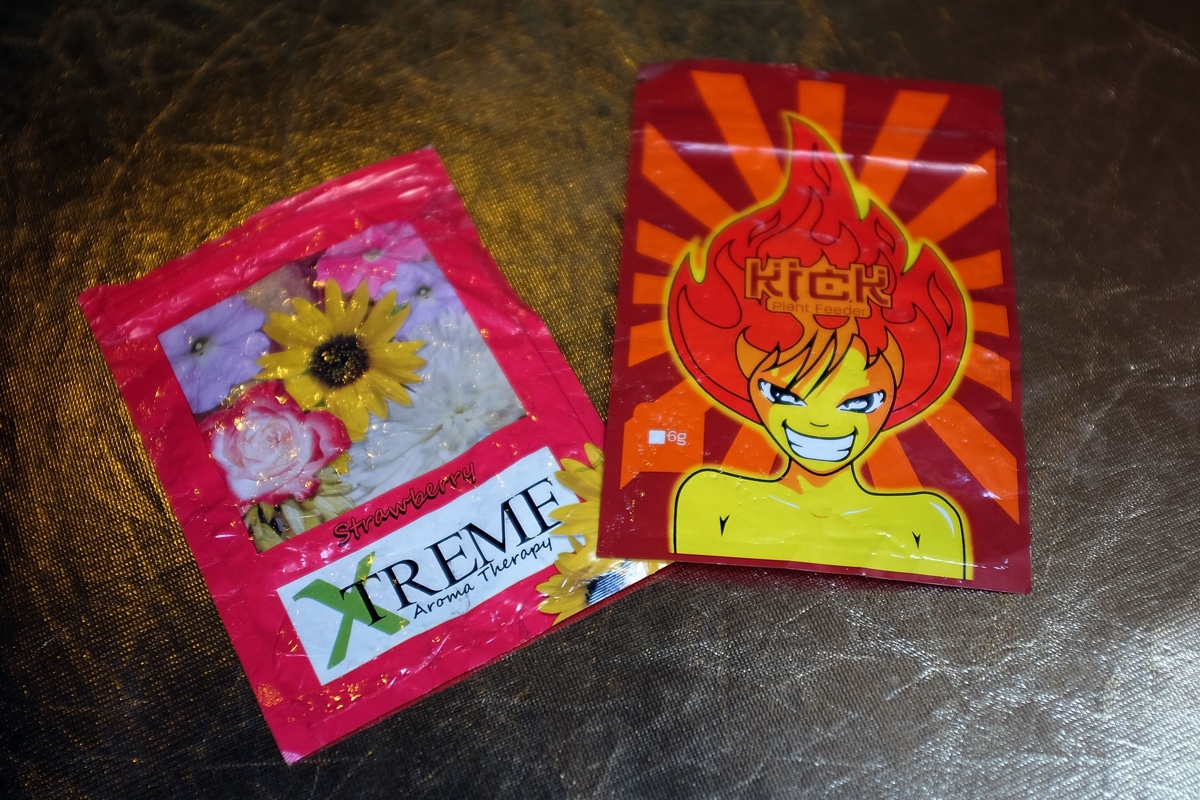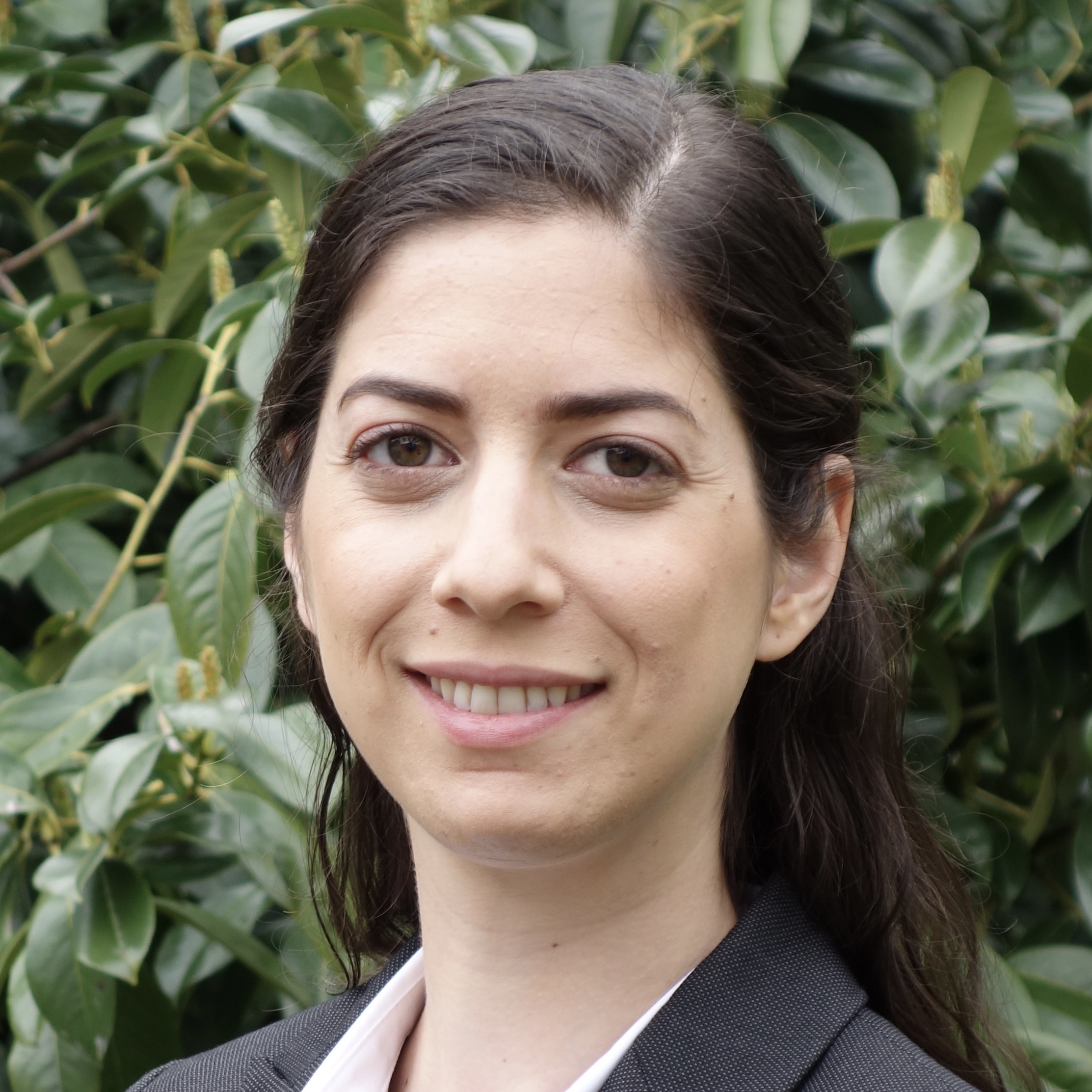3% of High-School Seniors Have Used K2 or Spice in the Past Month

It may look like weed, and it may be smoked like weed. But synthetic cannabinoids — a category of drugs, some of which are legal and go by names like K2 and spice — can be far more dangerous than natural marijuana.
Now, a recent study shows that in 2014 and 2015, 2.9 percent of U.S. students in their last year of high school reported having used these types drugs at least once within the past 30 days.
"So, loosely speaking, that's 3 out of 100 students — and that's pretty high for current use," Joseph Palamar, a co-author of the study and an associate professor of population health at NYU Langone Medical Center, told Live Science. [3 Dangerous New Drug Habits in Teens]
Although cannabis and synthetic cannabinoids interact through the same biological mechanism, synthetic cannabinoids have different — and much stronger — effects, Ryan Vandrey, an associate professor in the Department of Psychiatry and Behavioral Sciences at Johns Hopkins University School of Medicine, told Live Science. (Vandrey was not involved in the recent study, but he studies drug interactions and how drugs such as marijuana affect behavior.)
Synthetic cannabinoids can cause severe agitation and anxiety, seizures, psychotic episodes and even suicidal behaviors, according to the American Association of Poison Control Centers. In 2016, police responded to a total of 30 people who overdosed on a type of synthetic cannabinoid in Brooklyn, New York, and were found to be in a zombie-like state, according to a study in The New England Journal of Medicine. Researchers found that the particular synthetic cannabinoid used in those cases, called AMB-FUBINACA, was 85 times more potent than marijuana.
For the new study, the researchers analyzed data collected on 7,805 students from a nationally representative survey of public- and private-school students in their last year of high school in the United States, excluding Alaska and Hawaii.
In addition, the researchers found that 1.4 percent of synthetic cannabinoid users reported having used the drugs three or more times within the past 30 days, according to the paper.
Sign up for the Live Science daily newsletter now
Get the world’s most fascinating discoveries delivered straight to your inbox.
"If you're using it multiple times per month, to me, that implies something a little more serious than 'experimentation,'" Palamar said.
1,502 students reported having used marijuana but not synthetic cannabinoids — almost 40 times more than the 40 students who reported using synthetic cannabinoids but not marijuana. But the researchers also found that 164 students reported having used both types of drugs. The combination of drugs doesn't just stop with marijuana, though.
"That worries me, because not only are we concerned about the effects of these new compounds, but now we have to worry about the effects of kids mixing these compounds with other potentially dangerous drugs, like cocaine and alcohol," Palamar said.
Even more concerning, these results don't necessarily represent the full number of students using synthetic cannabinoids, according to the researchers. Because only students attending school were surveyed and the survey listed only three names for synthetic cannabinoids — K2, spice and the misnomer "synthetic marijuana" — students who didn't attend school or only knew the drug by one of its other almost 700 names may not have reported their use of these drugs, the researchers noted.
Still, this study fills in an important gap in information about synthetic-cannabinoid use among U.S. students in their last year of high school, the researchers said.
"All the other big papers — at least in the U.S., maybe everywhere — have looked at either lifetime or past-year use," Palamar said. "That gives us a lot of great information, but most of those people have only tried it and will never use again. I think what is most helpful is to figure out who's using it now."
According to the National Institute of Drug Abuse, high-school seniors' use of synthetic cannabinoids in the past year — in contrast to just in the past month — has been decreasing steadily, from 11.4 percent in 2011 to 3.5 percent in 2016. However, the number of cases of poisonings by synthetic cannabinoids among the general U.S. population (not just high-school seniors) has followed a more erratic course.
As of the end of August 2017, the number dipped to 1,345, the lowest it has been since 2011. But in 2015, it had spiked to 7,779, the highest number of poisonings by synthetic cannabinoids since 2011, according to the American Association of Poison Control Centers.
"It's a little bit mind-boggling that people continue using these things, given the risks," Vandrey said.
The new study was published online Sept. 11 in the journal Pediatrics.
Original article on Live Science.










